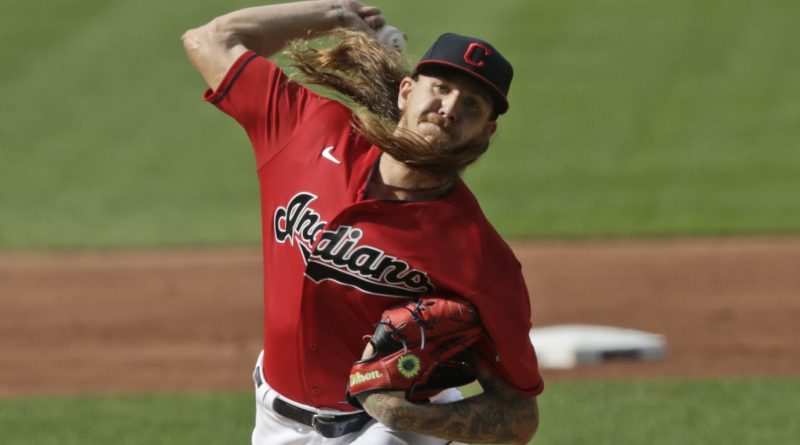Indians get first taste of automatic runner
CLEVELAND — The Indians got their first taste of the new automatic runner rule in extra innings on Saturday, and it didn’t pan out in their favor. In textbook fashion, the Royals laid down a sacrifice bunt and followed with a sacrifice fly to push the automatic runner across the
CLEVELAND — The Indians got their first taste of the new automatic runner rule in extra innings on Saturday, and it didn’t pan out in their favor.
In textbook fashion, the Royals laid down a sacrifice bunt and followed with a sacrifice fly to push the automatic runner across the plate, giving Kansas City a 3-2 lead in the top of the 10th. That held up as the final score.
The score was knotted, 2-2, entering the ninth inning, and the Indians called on rookie reliever James Karinchak, who didn’t let the high-leverage situation rattle him, getting a strikeout and two fly outs to end the half-inning. But when the Indians left the bases loaded in the bottom of the ninth, Karinchak came back out for the 10th with an automatic runner starting at second base.
A new rule in 2020, when a game reaches extra innings, each team begins every subsequent frame with a runner on second base. A sac bunt by Erick Mejia and a sac fly by Maikel Franco plated the run, which is an unearned run. Despite his two promising, hitless innings, Karinchak was charged with the loss when the Indians couldn’t push their automatic runner across the plate in the bottom half of the 10th.
The Indians fell behind, 2-0, in the first inning after Mike Clevinger gave up back-to-back homers to Jorge Soler and Salvador Perez. But the righty rebounded to toss seven strong frames, allowing just those two runs on four hits with six strikeouts.
Mandy Bell covers the Indians for MLB.com. Follow her on Twitter at @MandyBell02.

